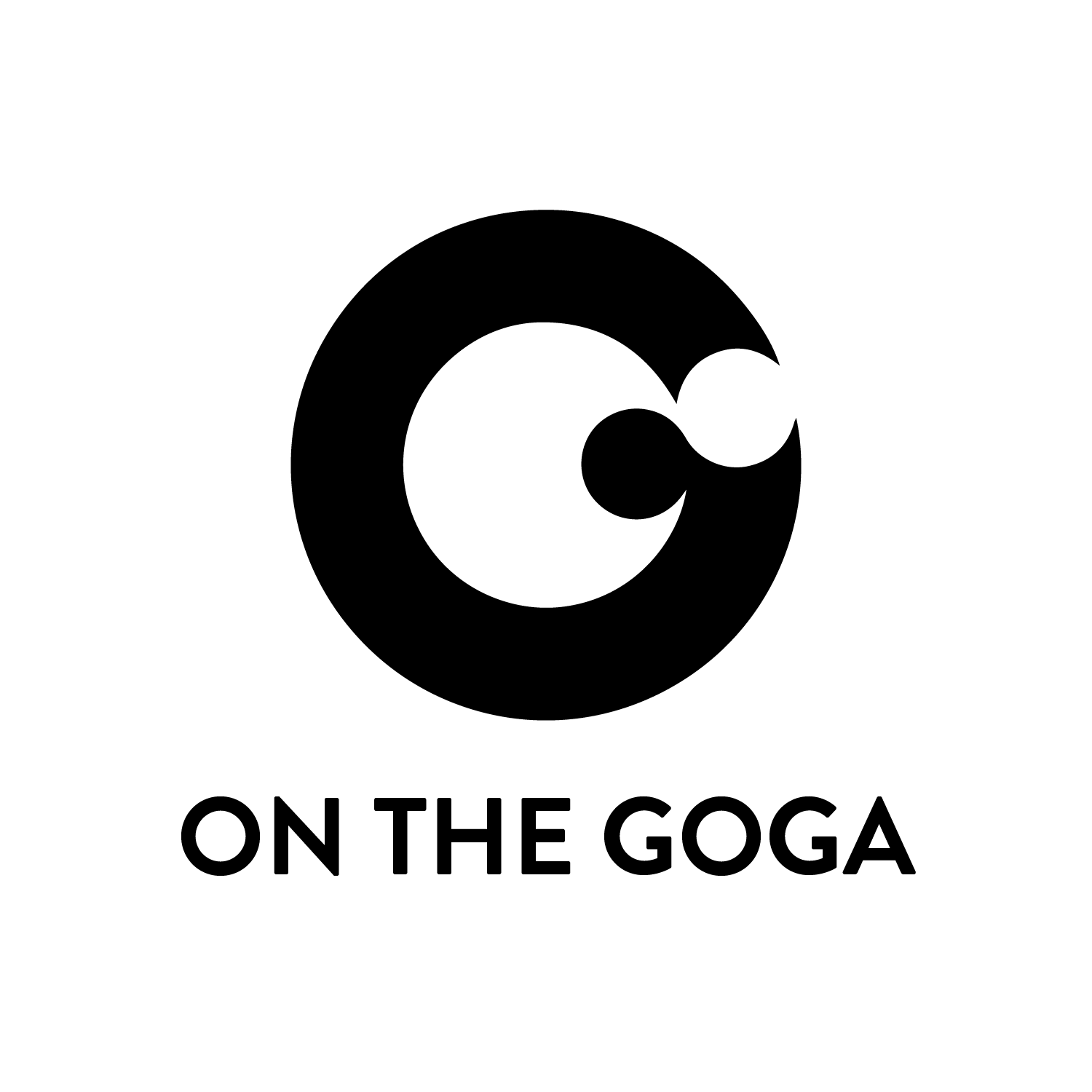What HR Leaders Expect From Corporate wellness Brokers —And How to Deliver It
The role of a corporate wellness broker is no longer just about connecting companies with programs that sound good on paper. Today, HR leaders are seeking strategic partners who can help them meet organizational goals, build healthier cultures, and make wellness accessible to all employees—without adding more work to their already full plates.
If you want to build long-term relationships and become indispensable to your clients, you need to go beyond brochures and benefits comparisons. Here’s what HR professionals are looking for now—and how modern benefits brokers are delivering it.
1. Strategic Alignment, Not Just Offerings
Historically, many brokers have defaulted to hyper-clinical, one-off wellness initiatives, like a biometric screening day or a “Wellness Fair”, hoping that these would check the box and deliver ROI. But in reality, while these offerings might feel like an “easy win,” they provide little lasting impact for Clients.
In the modern world of work, HR teams are looking to their brokers to play a more strategic role in culture strategy. They are looking for solutions to support engagement, retention, and culture initiatives. Wellbeing plays a large role in this part of HR strategy, and HR teams are looking for partners who ask the right questions, understand their goals, and tailor wellness offerings that support those outcomes.
What HR Wants: Programs that align with broader organizational goals like retention, culture-building, DEIB, and performance—not just "nice-to-have" perks.
How Brokers Can Deliver: Reframe wellness as a business strategy, not a checkbox. Introduce solutions that help teams function better, not just feel better. For example, On the Goga’s Workshop Pathways can be customized to meet specific needs, like burnout or productivity, to make sure the sessions align with the company's goal and can yield measurable results.
2. Consistency Without the Admin Overload
HR professionals are juggling multiple responsibilities, internal and external changes, and complex systems. They need wellness programs that don’t add to the chaos or require micromanagement. It’s not about offering more—it’s about offering better, more manageable solutions that sustain themselves over time.
What HR Wants: Regular, high-quality wellness experiences that don’t require them to manage vendors, coordinate schedules, or build communications from scratch.
How Brokers Can Deliver: Look for turnkey partners. Programs like On the Goga come with auto-delivered monthly content, ready-to-go promotional materials, and a low-lift onboarding process. The easier it is for HR to activate and sustain, the more likely they are to love it, stick with it, and find value in the broker that brought them that solution.
3. Inclusive, Accessible Programming
Traditional wellness programs often cater to a narrow slice of the workforce. HR leaders today are pushing for more inclusive approaches that account for varying lifestyles, job types, and wellbeing needs—without sacrificing quality or engagement.
What HR Wants: Wellness that reaches everyone—not just the fitness crowd or those who already meditate. They want inclusive content that supports mental, physical, emotional, and social wellbeing for all kinds of employees.
How Brokers Can Deliver: Prioritize partners who build with accessibility in mind. That includes flexible delivery formats (live and on-demand), culturally responsive content, and activities that resonate with busy parents, shift workers, and skeptical employees. On the Goga, for instance, offers Challenges that send a small, daily activities with wide appeal—like "send a gratitude text" or "eat your favorite food" - that everyone can access from their phone, at their desk, or wherever work may take them.
4. Data That Tells a Story
HR needs more than participation numbers to make the case for wellness. They need data that connects the dots between programming and real organizational outcomes—and they need it in a format they can actually use.
What HR Wants: Metrics that prove value—not just open rates or app downloads. They need to show leadership that wellness programming is worth the investment.
How Brokers Can Deliver: Choose vendors that provide clear, digestible reporting. Bonus points if it includes impact summaries or usage trends over time. With On the Goga, for example, brokers and clients can access data showing participation, engagement, and qualitative feedback, helping HR teams connect the dots between programming and organizational outcomes.
5. A Partner, Not Just a Provider
HR leaders aren’t looking for vendors who check in once a year during renewal season. They’re looking for proactive partners who help them plan, adapt, and succeed. The brokers who win are the ones who bring value year-round—not just at sign-up.
What HR Wants: Someone who gets it. A proactive broker who offers ideas, anticipates needs, and helps them shine internally. They don’t want to chase down answers or be the only one pushing the initiative forward.
How Brokers Can Deliver: Work with vendors who support you, so you can support your clients. On the Goga offers monthly strategy guides, client-ready toolkits, and a dedicated support team—making it easy for brokers to add value with very little extra effort. Pass these resources along, check in regularly, and show up with suggestions before they ask. Or take credit for our resources yourself with a white-label portal built for your clients only. We’re here to help you, too!
The Bottom Line
HR leaders are managing a lot. When it comes to corporate wellness, they want solutions that are easy to roll out, easy to promote, and actually make a difference. Corporate wellness brokers who bring thoughtful, inclusive, low-lift programming to the table will not only meet those expectations—they’ll exceed them.
In a crowded market, the best brokers aren’t just selling wellness programs. They’re building trust, solving problems, and helping shape better workplaces.
Want to see how On the Goga helps brokers (and HR Teams) do just that? Let’s talk.





